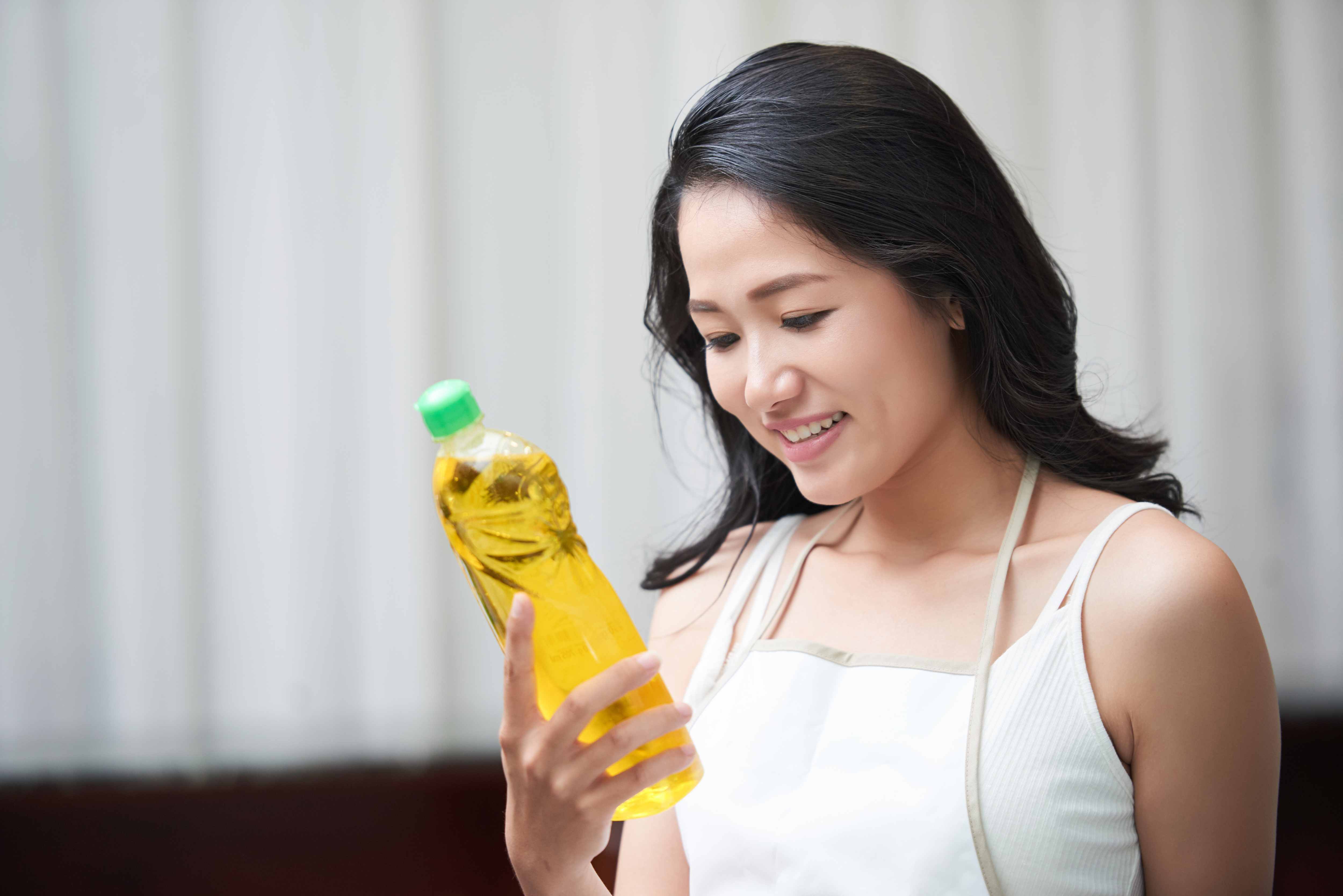
About Product Ingredients
December 5, 2018
The ingredients in your cleaning products fall into several different categories, added to provide different characteristics and cleaning functions. Each product formula is a careful balance of various ingredients that will work best for what you are trying to clean. Learn more!